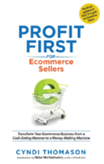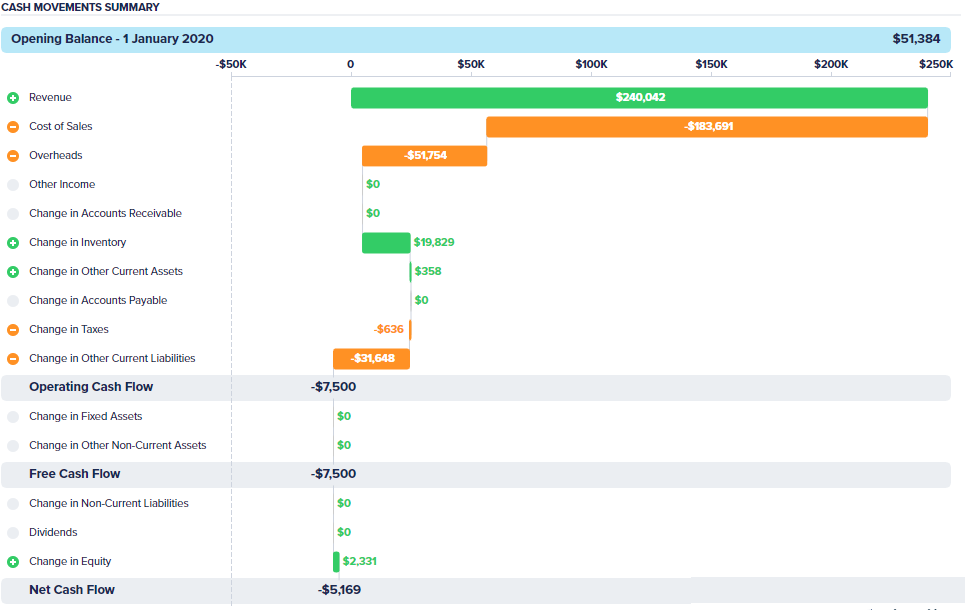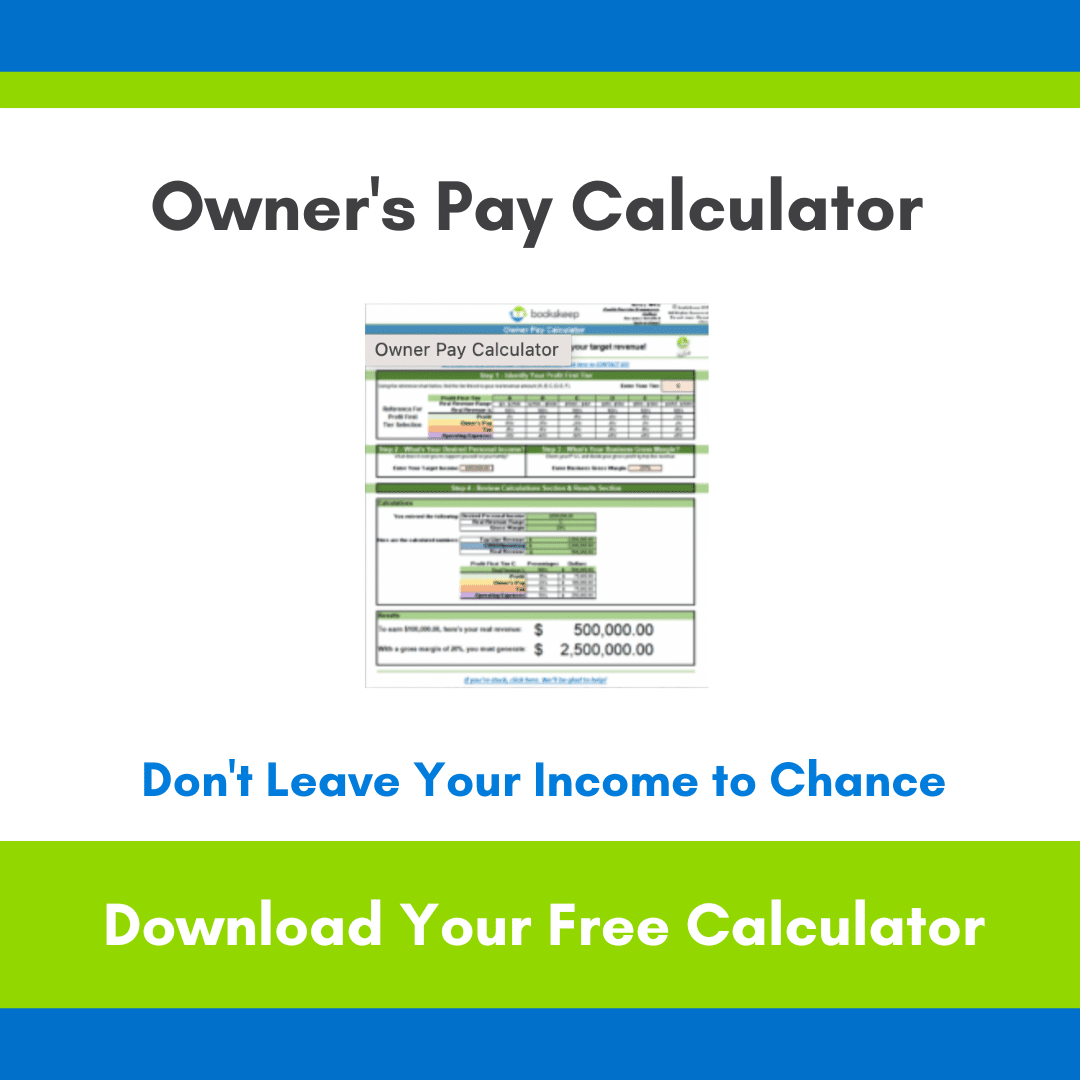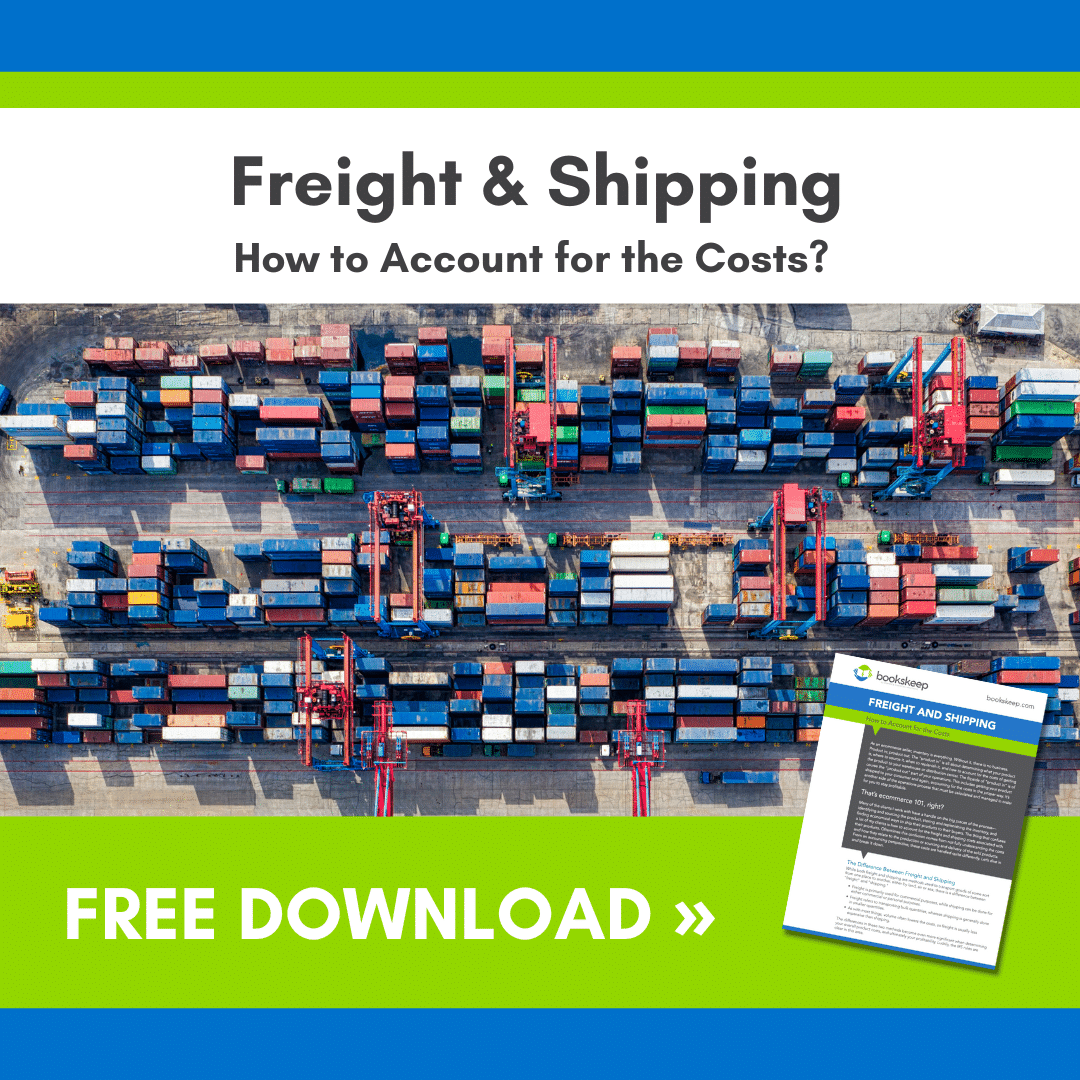To wrap up our series on financial statements, we’re going to dive into the final statement that helps you manage your numbers—the Cash Flow Statement. This statement is the most difficult to understand when it comes to ecommerce bookkeeping.
Let’s Begin with What We Know
First off, we know that Cash is reported on our Balance Sheet, so the ending cash shown in a Cash Flow Statement should equal the Cash line on the Balance Sheet, as long as you’re looking at the same date. Second, we need to realize that as a small business owner, you’re probably most concerned with Operating Cash Flow, which is the cash generated from sales or expended to either produce a product or support your business operations. There are two other types of cash flow: Investing Cash Flow and Financing Cash Flow. The Investing Cash Flow is concerned with either buying or selling assets such as machinery or a vehicle. Financing Cash Flow is generated from borrowing money or by raising money from an investor. For our purposes here, we will focus on Operating Cash Flow.
Where to Find Your Operating Cash Flow Numbers
You can pull your Cash Flow Statement from your accounting system to look at what is impacting cash. In QBO, you can find it in the Business Overview section of the Reports, listed as Statement of Cash Flows. In Xero, look in the Financial section of the Reports for Statement of Cash Flows-Direct Method. Both of these reports are organized with the words “Operating Activities” at the top and “Investing and Financing” below “Operating” if you have any of these activities.
In QBO, the report begins with your Net Income number. This number is your bottom line from your P&L. To understand how this number is developed, look at your income and expenses for the same time period on your P&L. Then, any other adjustments to cash are listed. These adjustments are typically where cash was used for balance sheet activity, such as buying inventory, paying credit cards or loans, paying payroll tax liabilities, etc. Payments made to yourself as the owner are listed in the Financing Activities section. Or, if you put money into the business, you would find your contribution in this section, too.
Xero presents the Cash Flow Statement in a more self-contained manner. You will be able to see the totals of receipts and payments for the period of the report. As these amounts are totaled, you get your Operating Cash Flow total. Then, any Investing and Financing adjustments follow below that.
Drill Down to Get the Full Story
For both QBO and Xero, to get more details you can click into these total numbers to drill into the transactions that make up the data on the report. While you can review these reports in PDF or print them on paper, pulling them in your accounting software and drilling into the numbers will give you much more information into what is contributing and depleting cash.
Graphical Reporting Could Be the Answer
With our new Progress Masters Service, we’ve been developing new reporting methods for our participating clients to give them deeper insights into their financials. We are using graphics because a picture tells the story so much quicker. One example is the Cash Flow Waterfall. Through the graph, it’s easy to follow what money came in from various sources (the green bars in the chart below) and what money left the business for what purpose (the orange bars). The graphics give you a greater sense of the impact of your expenses against the revenue you take in.
How Can bookskeep Help with Ecommerce Accounting?
What options do you have for visually monitoring your financials? If you find it challenging to decipher and digest the tabular data, then graphical reporting may be the answer for you. To learn more about Progress Masters and our cash flow statements, contact Bree@bookskeep.com. We start clients in the program every quarter and we’d love to add you to the waiting list.
Interested in Profit First for Ecommerce Bookkeeping?

You can also sign up for the Profit First for Ecommerce Sellers Online Course. As a Mastery Level, Certified Profit First Professional, I will teach you why Profit First works so well for ecommerce businesses and the particular challenges for businesses that have physical products requiring inventory management. You will learn how your behavior drives your money management habits for your business and how you can set up your business bank accounts to work with your habits. Contact bookskeep today for more information on ecommerce accounting and bookkeeping.
FREE TRAINING – July 7th
If you are someone with a desire to be profitable and to grow your ecommerce business , then I want to invite you to my brand new FREE training: Profit Is A Habit.





Leave a Comment